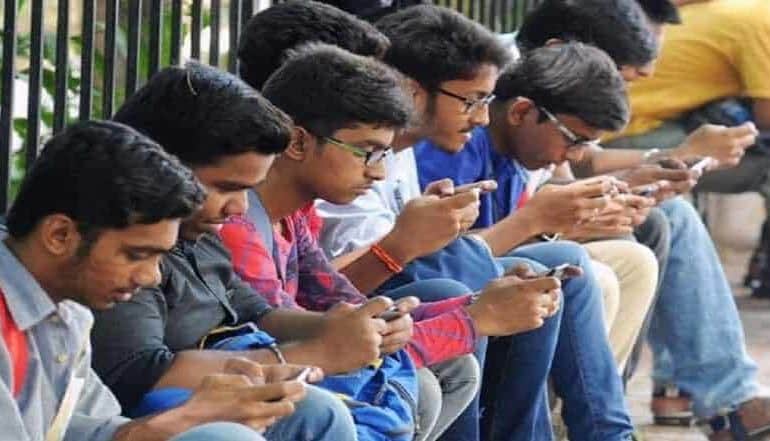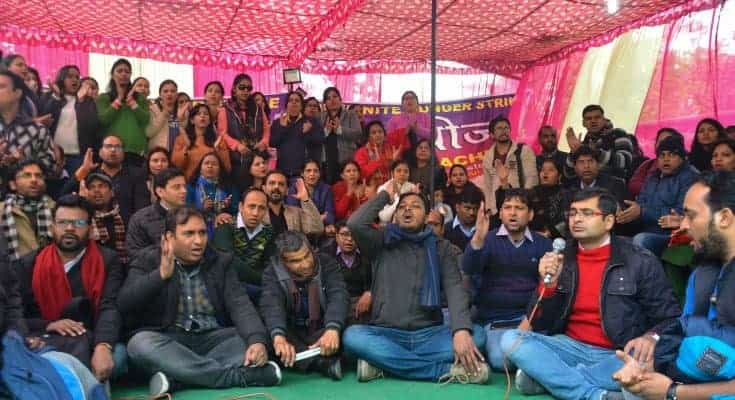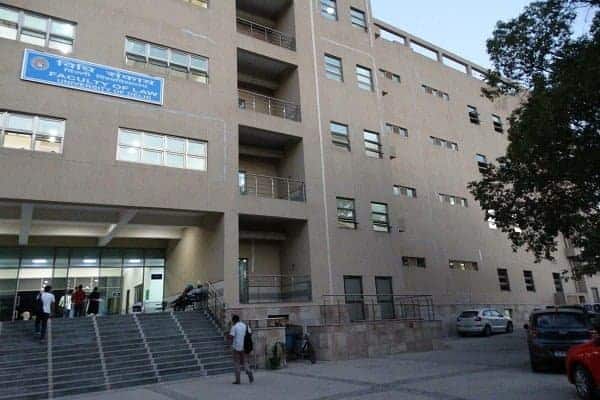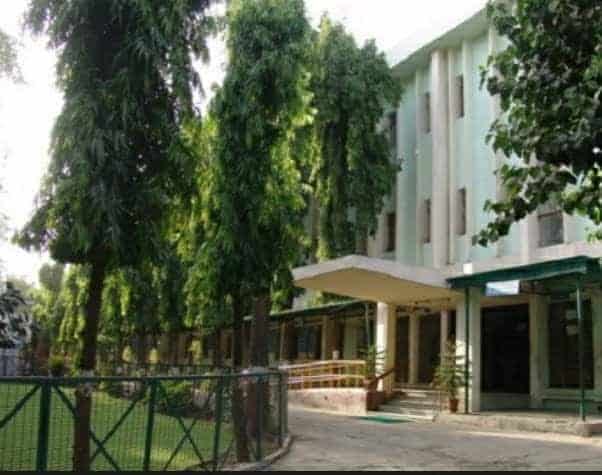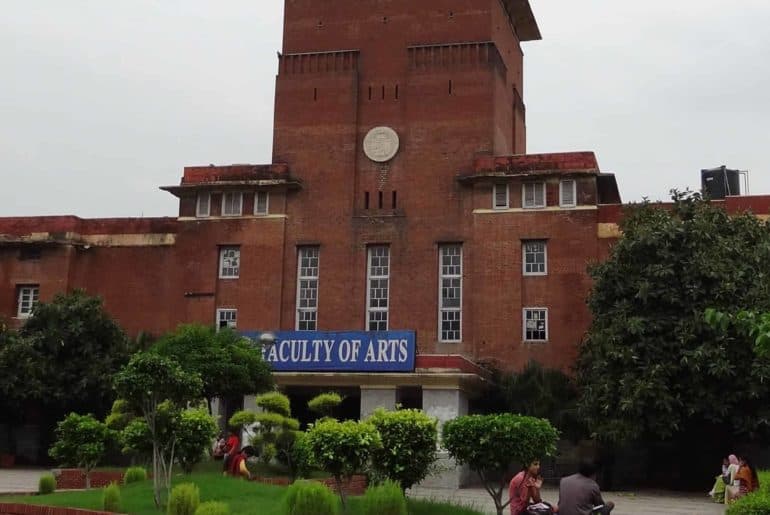Due to the varsity’s lack of action despite the perpetrators having been found guilty, a sexual harassment survivor wrote to the VC, PMO and MHRD, complaining about the lack of initiative taken.
Despite the varsity’s Internal Complaints Committee (ICC) finding the head of the Chemistry department (HoD) guilty 18 months ago in case of sexual harassment report, no action has been taken. The case is claimed to have occurred on April 2018, and despite the ICC’s confirmation, the university has taken no action. A day before the DU Executive Council (EC) meeting, the alleged survivor has written to the DU Vice-Chancellor, the PMO (Prime Minister of India), the MHRD (Ministry of Human Resource Development) and others stating that the university has delayed in giving her justice.
In the letter, the alleged survivor has stated that while another EC meeting has been called on October 25, her sexual harassment cause has also been called for discussion. Alleging that she was not informed about her case in the previous EC meetings, she said that she got to know that to decide her case, the VC has constituted a new three-member committee, consisting of 2 EC members and one member from outside the University, as reported by The Times of India. The survivor expressed distress at the knowledge that the varsity has let the guilty HoD and the six other members of the Chemistry department walk free.
The survivor- whose identity has not been revealed to protect her privacy as per Supreme Court directives on cases related to sexual harassment- alleged that the University failed to abide by its regulations regarding sexual harassment at workplace.
Under Section 9 of the code of regulations, the survivor was to be provided interim relief, which she claimed she was not while the case was being enquired by the ICC. The letter also states that despite the case being reported on May 2018, no decision has been taken and no punishment has been given to the guilty party, which is a direct violation of Section 8(4), which states that the UGC regulations on sexual harassment, the Executive Authority of the University has to take a decision within 30 to 45 days after a report has come out.
The committee made by the VC is extra-legal and does not find a place in either the POSH law or the UGC Regulations 2016- the survivor thus stated that this quasi-judicial body cannot be allowed to discredit the ICC report.
She also revealed that on September 15, the Chemistry department called for an interview for the position of assistant professor on a guest basis in which she applied but the HOD was a member of the selection committee despite the ICC saying that he cannot be a member of the selection committee if she applied.
Feature Image Credit: DU Beat Archives
Shreya Juyal





